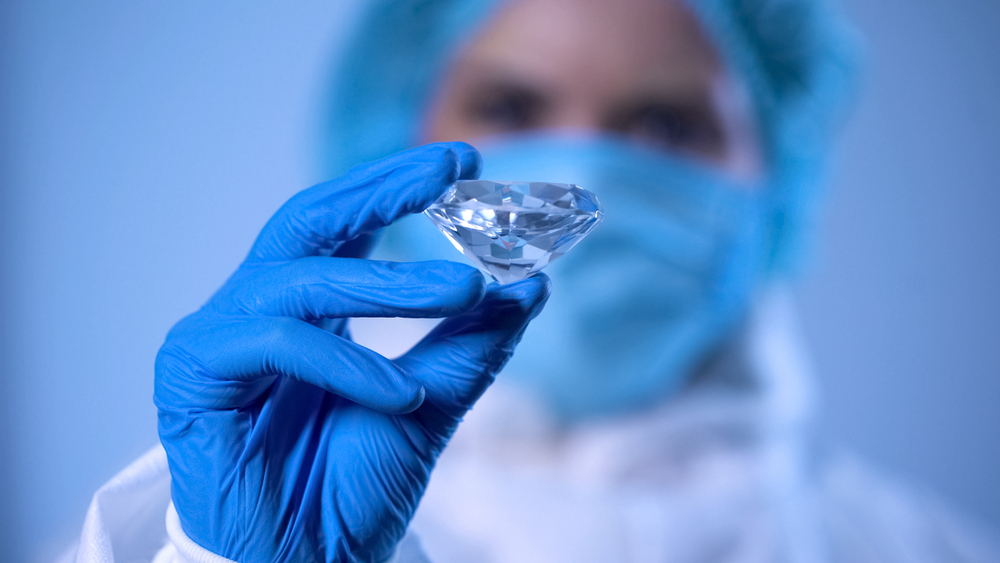
Artificial diamonds, also known as synthetic or lab-grown diamonds, are created through a process that simulates the natural conditions necessary for diamond formation. By subjecting carbon atoms to high temperatures and pressures, scientists are able to produce diamonds that are virtually indistinguishable from their natural counterparts. These lab-grown diamonds possess the same crystal structure, chemical composition, and physical properties as natural diamonds, making them a highly desirable alternative in various applications.
Dust Resistance: A Game-Changing Property
One of the key advantages of artificial diamonds is their incredible dust resistance capabilities. Dust particles are ubiquitous and can pose significant challenges in numerous industries, ranging from electronics to manufacturing. Dust accumulation can impair the performance and longevity of sensitive equipment, leading to malfunctions, reduced efficiency, and increased maintenance costs. However, the dust resistance of artificial diamonds provides an innovative solution to mitigate these issues.
Applications In Electronics
In the electronics industry, the use of artificial diamonds has gained significant traction due to their exceptional dust resistance properties. Miniaturized electronic devices, such as smartphones, tablets, and wearable gadgets, are particularly susceptible to dust accumulation, which can hinder the performance of delicate components. By incorporating artificial diamonds into electronic displays, circuitry, and protective coatings, manufacturers can create devices that are more resilient to dust and debris. This not only enhances the durability and reliability of the products but also improves the overall user experience.
Industrial And Manufacturing Advancements
Artificial diamonds are also revolutionizing various industrial and manufacturing processes by combating the challenges posed by dust. In precision machining, where the tiniest particles can disrupt the accuracy of cutting tools and impair the quality of finished products, the integration of artificial diamonds provides a remarkable solution. Cutting tools with diamond-coated surfaces exhibit superior wear resistance and reduced friction, resulting in improved performance and extended tool life. Additionally, artificial diamonds find applications in vacuum chambers, where their dust resistance capabilities help maintain clean and efficient environments essential for critical processes such as semiconductor fabrication.
Beyond Electronics And Manufacturing
While the dust resistance capabilities of artificial diamonds have found significant utility in electronics and manufacturing, their potential applications extend to various other industries. In medical settings, where cleanliness and sterility are of utmost importance, artificial diamonds can be utilized in surgical instruments, imaging equipment, and prosthetics to minimize the risk of contamination from dust particles. Furthermore, the automotive and aerospace sectors can benefit from the dust resistance of artificial diamonds by incorporating them into engine components, sensors, and protective coatings, thereby enhancing performance and reducing maintenance requirements.
